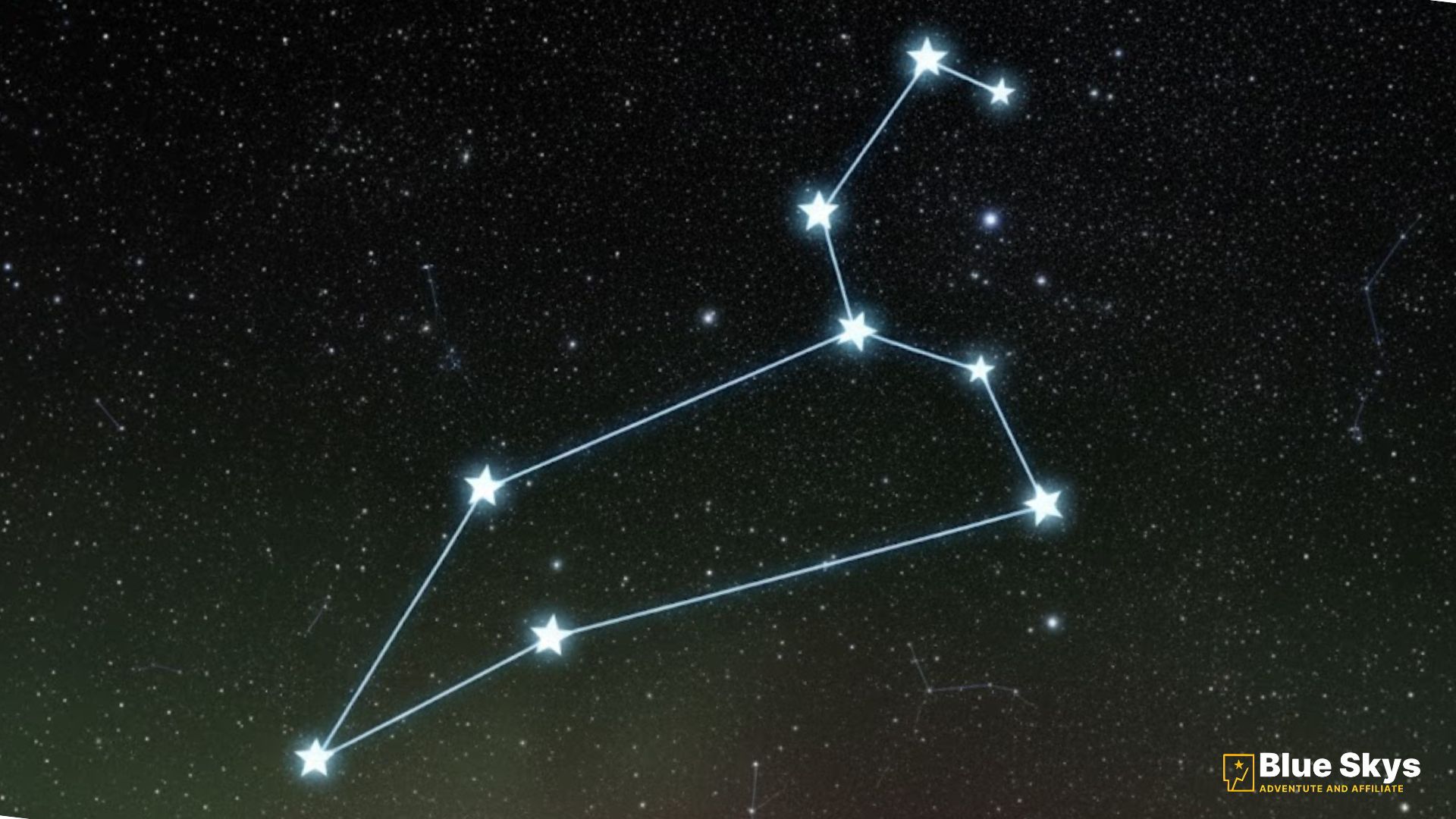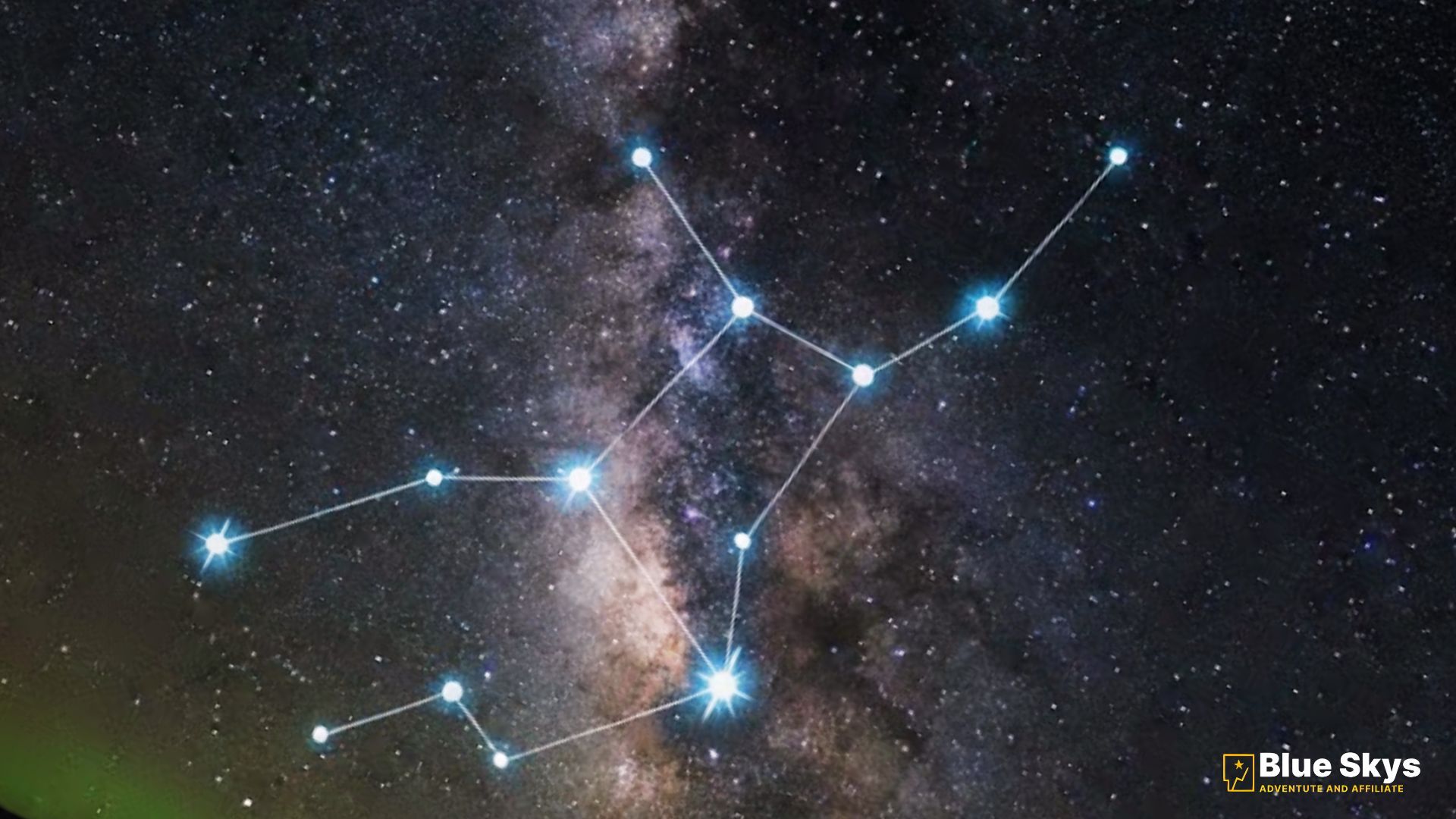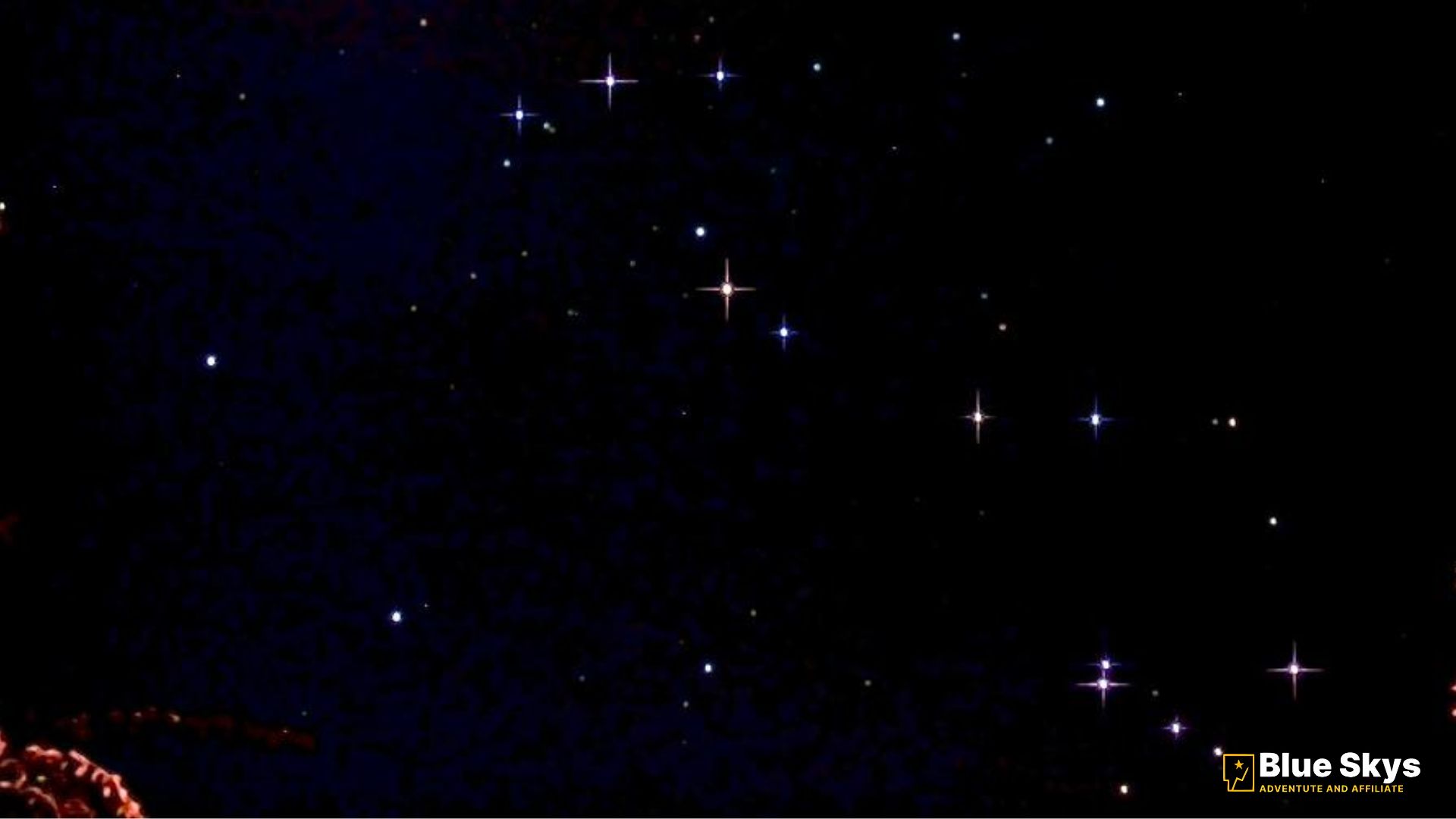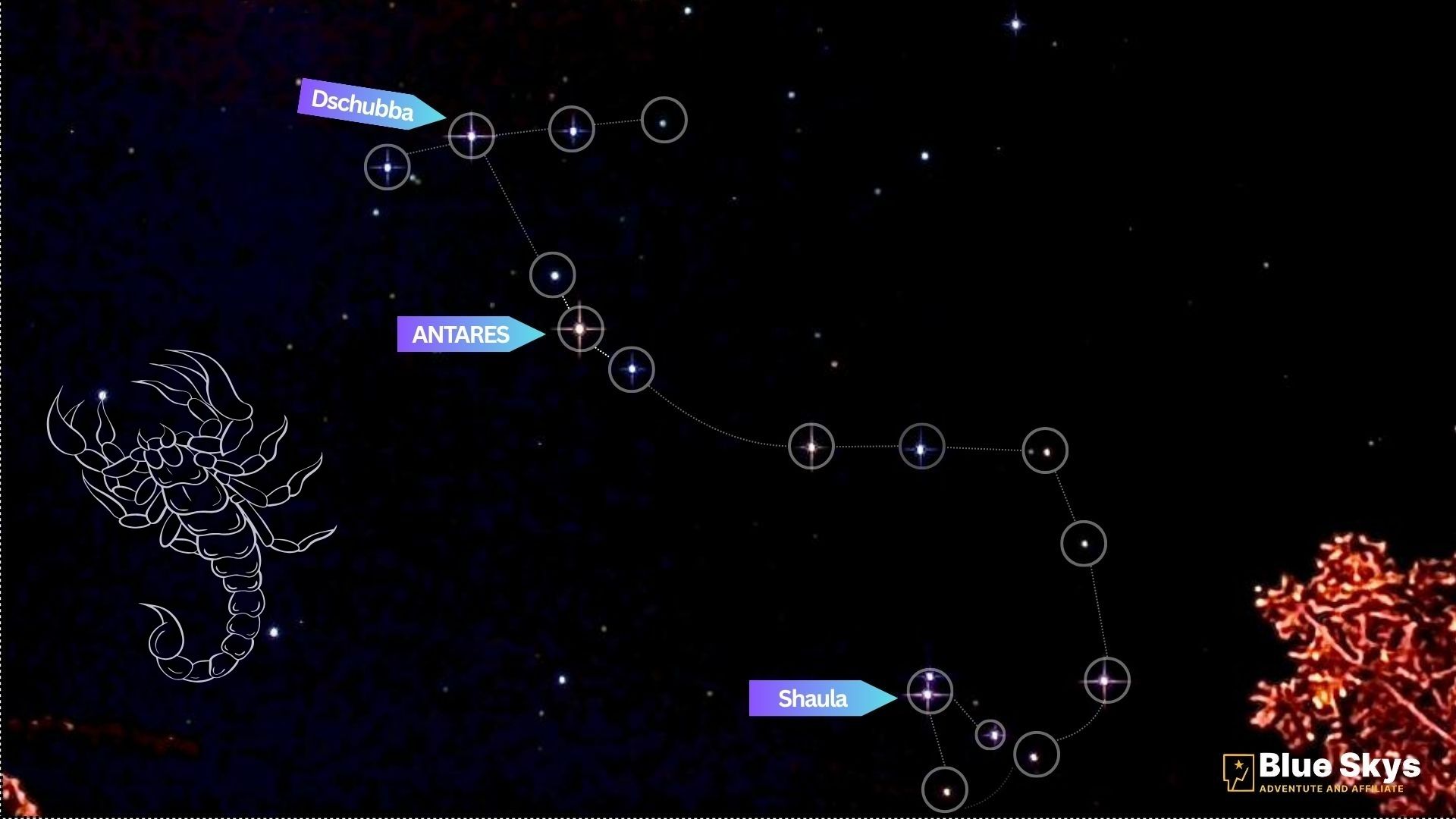Pegasus: Your Definitive Guide to the Winged Horse and the Great Square
Pegasus is far more than a simple collection of stars. It is the ultimate celestial landmark, dominating the autumn night sky and guiding observers into the universe’s deepest reaches. This guide offers an authoritative look at the winged horse—from the ancient myths that defined it to the cutting-edge scientific discoveries found within its borders. Whether you are a dedicated astronomer or a curious beginner, the Great Square of Pegasus serves as your perfect roadmap to the cosmos.
The Winged Horse: Mythology and History in the Sky
Pegasus takes its name from the majestic winged horse of Greek mythology. It remains one of the most recognizable figures in the heavens. The constellation holds a place of honor as one of the original 48 figures catalogued by the 2nd-century astronomer Ptolemy. Today, the International Astronomical Union (IAU) officially recognizes it as one of the 88 modern constellations.
The most famous Greek myth recounts the birth of Pegasus from the blood of the Gorgon Medusa. Later, the horse carried the hero Bellerophon to victory over the monstrous Chimera. Zeus later placed Pegasus among the stars as Bellerophon fell back to Earth, punished for his arrogance. But the constellation’s history extends beyond Greece. Babylonian astronomers included elements of Pegasus in a great “Field,” and the Chinese saw its stars as part of the celestial guardian, the Black Tortoise of the North. Tracing Pegasus in the sky connects us with centuries of human imagination.
The Great Square: Your Celestial Landmark
The most defining feature of Pegasus is the Great Square, a brilliant, enormous star pattern that acts as the Northern Hemisphere’s main guide for the autumn sky.
While the Great Square outlines the body of the horse, the brightest star in the entire constellation is actually Enif (Epsilon Pegasi, ϵ Pegasi). This brilliant orange supergiant shines with an apparent magnitude of 2.38, marking the horse’s muzzle.
The Stars That Form the Square
The Square is formed by four bright stars: Markab, Scheat, Algenib, and Alpheratz. These stars are of nearly equal brightness as viewed from Earth. We provide essential data for the dedicated observer:
| Star Name | Designation | Classification/Type | Apparent Magnitude | Distance (Light Years) |
| Markab | Alpha Pegasi (α Peg) | Blue Subgiant / A-type Giant | 2.49 | 133 |
| Scheat | Beta Pegasi (β Peg) | Red Giant (Semi-regular Variable) | 2.44 | 196 |
| Algenib | Gamma Pegasi (γ Peg) | Variable Star | 2.84 | 390 |
| Alpheratz | Alpha Andromedae (α And) | White-Purple Binary Star | 2.1 | 97 |
It is important to note that Alpheratz is technically the first star of the neighboring Andromeda constellation. It joins three stars from Pegasus to complete the stunning square shape. Markab is historically significant as a Navigation Star, valued for its luminosity and easily identifiable position, making it a critical guide for early celestial navigation.
Your Localized Viewing Guide: Finding the Winged Horse
Pegasus is globally visible between +90∘ and −60∘ latitude. However, your best viewing time depends entirely on your location and the season.
Northern Hemisphere (USA/UK): Pegasus dominates the northern sky during autumn. It is best viewed around 9 p.m. during the month of October. Look high above the eastern horizon after nightfall.
The simplest way to find it is by star-hopping:
- Locate Polaris (the North Star) using the outer edge of the Big Dipper’s bowl.
- Find Cassiopeia (the prominent ‘W’ or ‘M’ shape) across the sky from the Big Dipper.
- Draw an imaginary line from Cassiopeia; this line guides you directly to the Great Square of Pegasus.
Southern Hemisphere (Australia/New Zealand): For observers south of the equator, the guidance is reversed. Pegasus is best viewed in late winter and throughout the southern spring (approximately September through November). Look lower in the northern sky, where the Great Square appears closer to the horizon.
Deep-Sky Treasures: The Thrill of Discovery
Pegasus is a powerful gateway to discovery, hosting objects that have fundamentally changed our scientific understanding of the universe.
Messier 15 (M15): The Ancient Globular Cluster
M15 (NGC 7078) is a truly spectacular globular cluster—an immense, ancient swarm of stars. It is one of the oldest star clusters known, estimated to be approximately 12 billion years old, and lies 35,000 light-years away.
The cluster shines at magnitude 6.2. You can barely spot M15 as a fuzzy spot with the unaided eye in very dark locations. However, it is an easy target for common binoculars (like 8×42), even from light-polluted suburban areas. Viewing M15 in autumn, when it rides high in the sky, minimizes atmospheric distortion. Look closely near its core for the planetary nebula, Pease 1, which appears as a small, unique blue glow.
51 Pegasi b (Dimidium): The History-Making Exoplanet
Pegasus holds a key piece of astronomical history: 51 Pegasi b, officially named Dimidium. Discovered in 1995, this gas giant was the first exoplanet found orbiting a main-sequence, Sun-like star, launching the entire field of exoplanet research.
Dimidium is the prototype for the “hot Jupiter” class of planets. It has a mass of 0.46 Jupiters and orbits its star incredibly quickly, completing an orbit every 4.2 days. The Nobel Prize in Physics recognized this groundbreaking discovery in 2019.
What’s Next: Expanding Your View
Once you master locating the Winged Horse, use it to expand your celestial journey. Pegasus shares borders with several important constellations, including Andromeda, Lacerta, Cygnus, Aquarius, and Pisces. The corner star, Alpheratz, leads directly to the neighbouring Andromeda Galaxy (M31), one of the most magnificent sights in the night sky.





